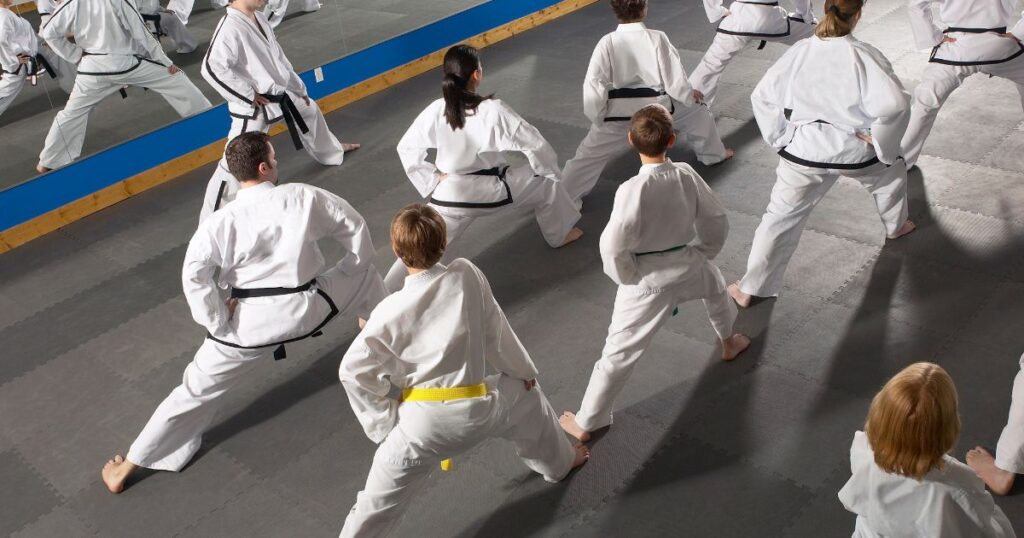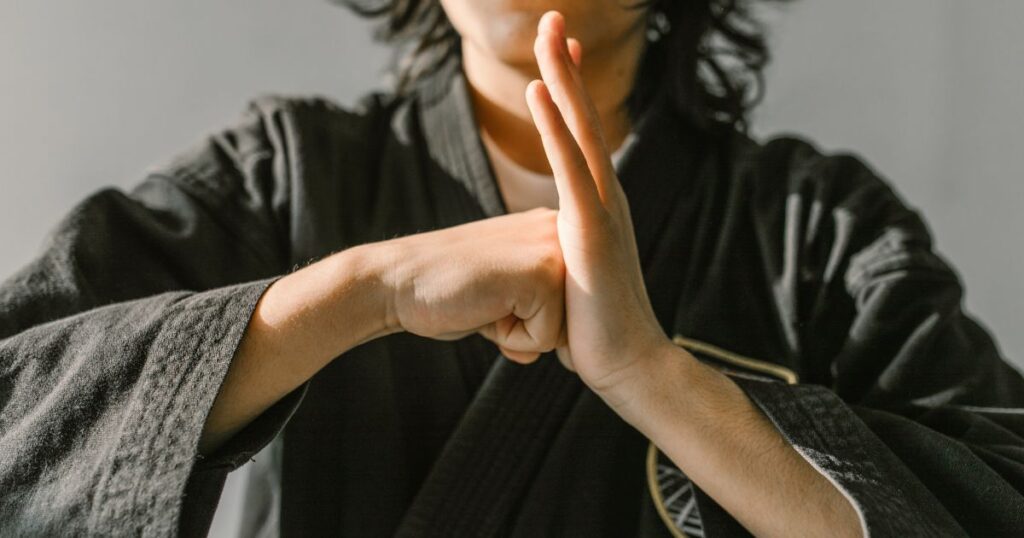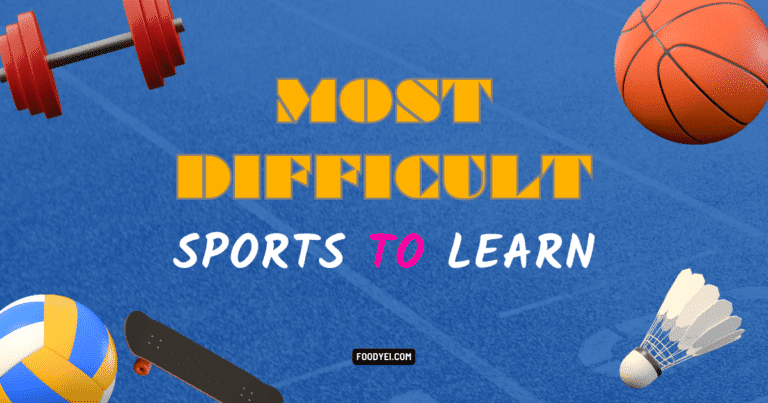In recent decades, participation in martial arts like taekwondo, karate, jiu-jitsu, and MMA has exploded in popularity among teens. The self-defense aspects naturally appeal to parents concerned about protecting their kids. Martial arts for teens become attracted to emulating exciting techniques seen in movies and competitions. But along with the many potential benefits, risks and downsides of martial arts for adolescents exist too.
Determining if martial arts are ultimately a net positive or negative for a teen depends greatly on the individual child, instructor competency, facilities oversight, and additional factors. Teaching controlled technical skills under a qualified teacher in a safe, ethical environment can enrich kids’ lives immensely. However, limited regulation of some fight gyms allows poor coaching, egos, and hyper-aggression to jeopardize teen safety in the name of competition and profits.
So how should parents evaluate if martial arts will be rewarding or risky for their teen? Comparing the key pros including physical conditioning, self-confidence, and focus development against the main cons like potential injuries, aggressiveness, and high expenses provides helpful insights. Monitoring for both positive and negative changes once a teen begins classes offers the most informed assessment. Maintaining open discussions to understand what exactly each child learns and experiences is essential.
Pros of Martial Arts for Teens
The biggest positives martial arts offer adolescents largely center on improved safety, fitness, and personal growth. The physical conditioning and self-defense skills developed in martial arts can literally save a teen’s life one day. The mental focus, confidence, and leadership abilities gained carry forward into school, jobs, and relationships long-term.

Develops Physical Strength and Coordination
From a purely fitness standpoint, martial arts provides an incredible workout for teens. The varied dynamic movements challenge coordination through complex footwork, kicks, body rotation sequences, and changing levels.
Teaches Valuable Self Defense Techniques
Additionally, the most vital lifesaving benefit teens gain from martial arts is self-protection abilities. The brutal reality is violence can find anyone and adolescents especially need tools to avoid or stop assaults. Learning essential techniques for striking vulnerable targets, creating distance, escaping holds and disabling threats empowers teens to better defend themselves.
Fosters Mental Focus and Discipline
Furthermore, progressing up the belt ranks in martial arts requires tremendous mental discipline and focus. Students must commit to intense training, pay sharp attention to instruction, ingrain intricate skills through high-rep drills, and perform flawlessly for testing.
Builds Self Confidence and Leadership Skills
Moreover, as most martial arts students become more advanced, they naturally gain poise and self-assurance. Experiencing their abilities firsthand builds tremendous confidence. Teens feel empowered physically and mentally knowing they can control outcomes in unforeseen confrontations.
Provides Healthy Social Interactions
In addition, most martial arts gyms provide positive social atmospheres for teens to make new friends and interact with role models. Developing camaraderie while training together forges bonds. Coaches serve as mentors by conveying ethical conduct as integral to martial arts skill development.
Cons of Martial Arts for Teens

However, martial arts doesn’t come without risks ranging from bodily harm to psychological damage. Without proper oversight, ego, and pressure can adversely impact teens. And even in a well-run gym, injuries remain a possibility. So parents must weigh hazards against upsides.
Risk of Joint and Head Injuries
First and foremost, martial arts carries inherent physical risks that can produce damaging long-term injuries if not carefully managed. The dynamic kicking, throwing, joint locking, and falling moves used in sparring create ample opportunities for harm.
Can Foster Aggression and Ego
Additionally, while most gyms promote protecting yourself as the sole purpose for martial arts skills, some bad actors preach dominance and retaliation mentalities. Without a sound role model coaching cautiously, impressionable teens may use their growing physicality for humiliation or bullying.
Creates Pressure and Anxiety
Furthermore, some young martial artists experience undue stress to perform and progress. Teen egos, competition among peers, perfectionist tendencies, and parent expectations can burn out kids. Though martial arts theoretically foster patience and poise, external pressures often forge impatience and frustration instead which can negatively impact teens.
Requires Major Time and Financial Commitments
Moreover, martial arts require massive investments of both money and time which can overwhelm families. Costs ranging from monthly fees to camps, belts, uniforms, equipment, and tournament expenses tally quickly. Training obligations of 2-6 hours per week at classes, camps, and events monopolize free time.

Conclusion:
Martial arts offer several benefits for teens focused on self-defense preparedness, physical health, and personal growth qualities. However, parents must carefully evaluate instructor competency, facility culture, and practice methodologies to minimize substantial risks like injuries and unhealthy mindsets also possible. Every teen possesses unique needs and interests which will determine if martial arts provides more fulfilling advantages or concerning downsides for them.
Maintaining open and ongoing discussions before, during, and after classes offers the best mechanism for teens to thrive. But just signing kids up for martial arts blindly likely fails to ensure significant upsides nor protect them from potential harm. With proper oversight and reasonable expectations aligned with each youth’s maturity level and athletic abilities, martial arts can profoundly enrich teens for life when facilitated safely and responsibly.
FAQs About Martial Arts for Teens
At what age can most teens safely start martial arts training?
Most martial arts gyms allow kids to begin formal classes around ages 6-10 if the participants possess enough physical coordination and mental maturity to follow general instructions and training etiquette.
How frequently should teens train martial arts to progress skillwise?
To develop solid proficiency, teens need to train martial arts around 2-3 times per week consistently. Less than 2 weekly sessions challenges skill building. More than 4 risks overtraining and injury.
What precautions help teens avoid martial arts injuries?
Carefully progressing contact levels, monitoring fatigue, promoting proper technique execution, matching athletes by size/skill, and proactively managing emerging pain best minimizes injury risks for youth martial artists.
How can parents tell if a martial arts gym will be safe and rewarding for their teen?
Parents should thoroughly vet credentials of coaches, observe classes for proper oversight and teaching methods, discuss culture elements with members, and inspect facility safety procedures when evaluating martial arts gyms.
What are signs that a martial arts gym may be fostering negative behaviors in teens?
Excessive talk of competition achievements over core values, coaches verbally putting down students, impaired supervised during sparring, and teen members fixating on belt rankings over learning scope indicate unhealthy martial arts culture.




